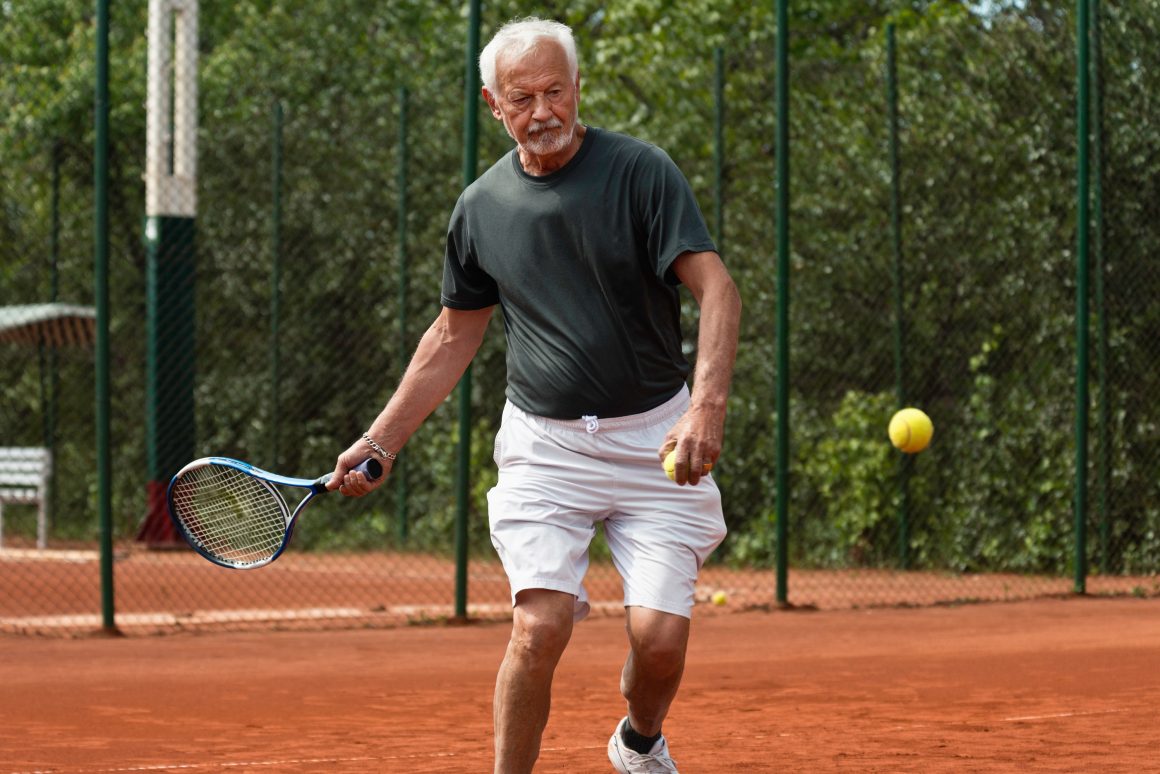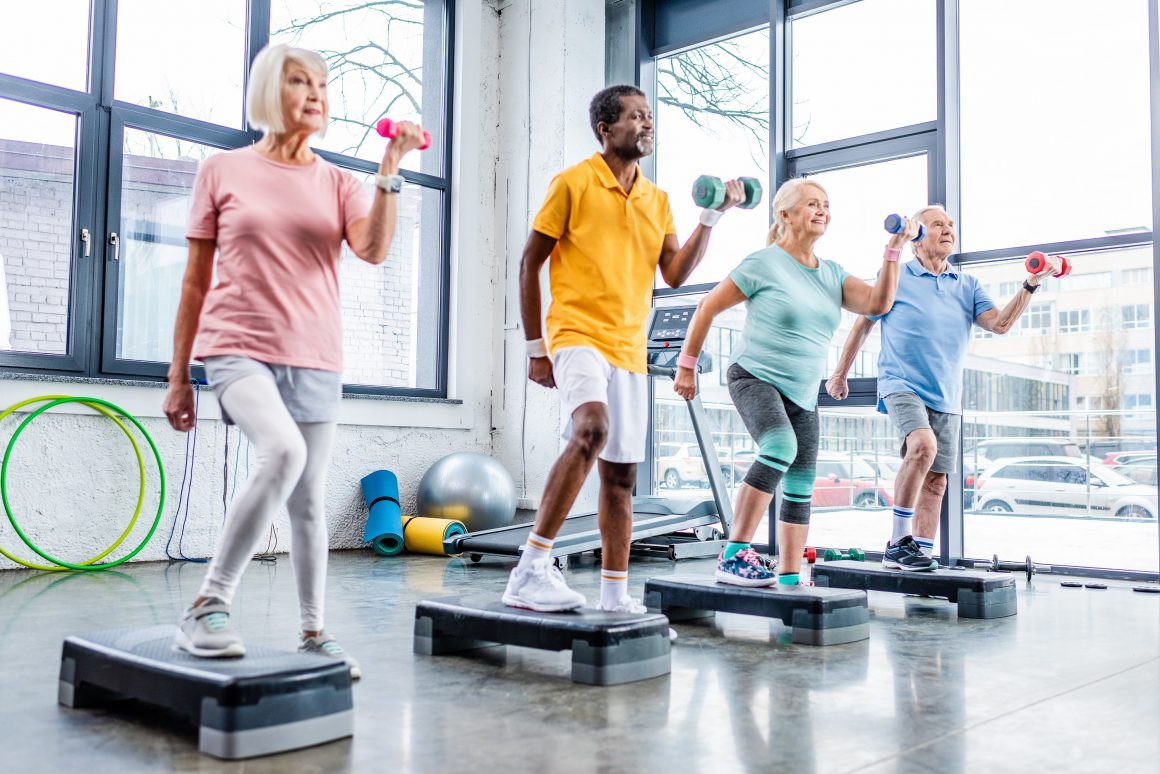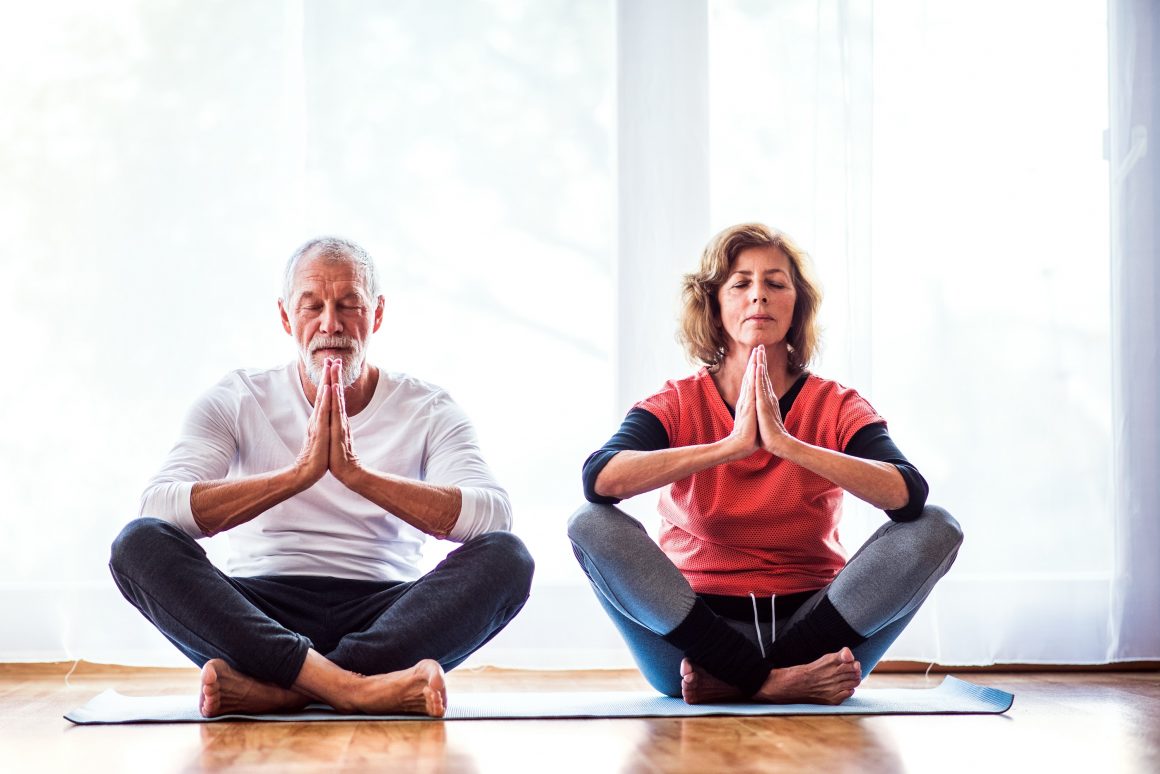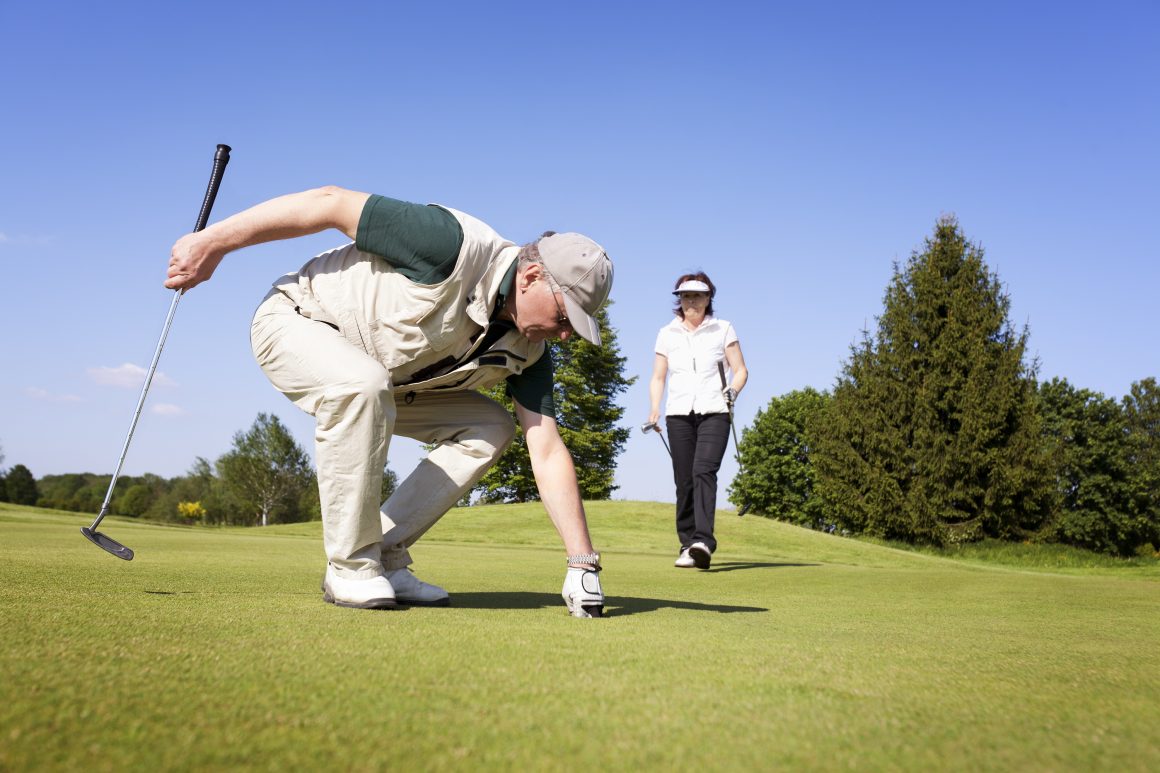Our bones are just like our muscles in some ways. They are living tissue that respond to stimulation and exercise and like our muscles and can cause health issues or complicate activities of daily living if allowed to deteriorate.
Bone degeneration begins to occur in middle age in some cases, but it’s more common in subjects over the age of 65. About 54 million Americans suffer from low bone mass and osteoporosis, with women more commonly effected than men, according to the National Osteoporosis Foundation.
With a condition this common, it’s not unusual for people to wonder how they can avoid or fight it. Exercise is the obvious answer, but you’ll want to know more specifically, what type of exercises should you be doing to help your bones stay strong late into life.
Type of Exercise
While any type of exercise has health benefits, the important thing for bone health is that the exercise be weight bearing or involve resistance. Activities such as bicycling and swimming are great for your heart and muscle health, but those activities don’t do much for bone strength.
Meanwhile, walking, jogging, climbing stairs, hiking, dancing and playing sports such as tennis are all more beneficial for your bones, but are often out of the question for older adults already suffering from osteoporosis as they put significant stress on bones and increase the risk of fracture.

With that said, taking part in an activity that puts stress on bones helps to stimulate an increase in deposits of calcium and calls bone-forming cells into action to create stronger, denser bone.
Weight bearing exercises force the person doing them to overcome gravity and build muscle, which is great, but should be done carefully. Some exercises are better than others for this, so it’s important to know which ones to focus on before you get started.
Weightlifting Exercises
The term weightlifting may make you think of Arnold Schwarzenegger hoisting great big weights overhead. But weightlifting can simply refer to lifting the weight of your own body, which is a good place to start. An example of this is squats. While you could put weight on your shoulders to make the squat harder, simply repeating the squat motion for a large number of repetitions has benefits to your hip bones as well as the thigh and buttock muscles around them, even without the added weight.

The following are examples of exercises that do not involve adding additional weights and have implications for bone health:
- Foot Stomping– standing and raising one leg and coming down in a stomping motion as if crushing something under your feet can help strengthen your hip bones.
- Hamstring Curls– strengthening the hamstrings and quadriceps can help core strength that improves balance and coordination, both of which are key to reducing bone breaking falls.
- Yoga- your back is one of the areas where bone health is most commonly effected. Yoga is a form of exercise that can strengthen the muscles in your back, maintain your overall flexibility and has been shown to help build bone mass in the hips, spine and wrists, three of the most common fractured bones in seniors.
- Golf- the idea that golf is a sport for older people may have legs in a way. As long you walk the course instead of using a cart, the act of carrying the bag and swinging the club is a lot of work for your upper body and hips. As it turns out, golf is more of a strenuous activity than many realize when done right.
Exercises for Dieting Seniors
All of the previously mentioned exercises are great for those who are already fit, but for overweight or obese seniors trying to lose weight, there are significant complications in building an exercise program due to an increased risk of bone thinning during dieting efforts, according to a study published in the Journal of Bone and Mineral Research.
The researchers set out to look into the best exercises for this demographic. The study examined 160 obese seniors, concluding that resistance exercise, whether alone or combined with aerobic exercise, was effective in reducing weight loss–induced decreases in hip bone density. Participants who participated in resistance exercises also lost less lean muscle mass than those who stuck to an aerobic program.


